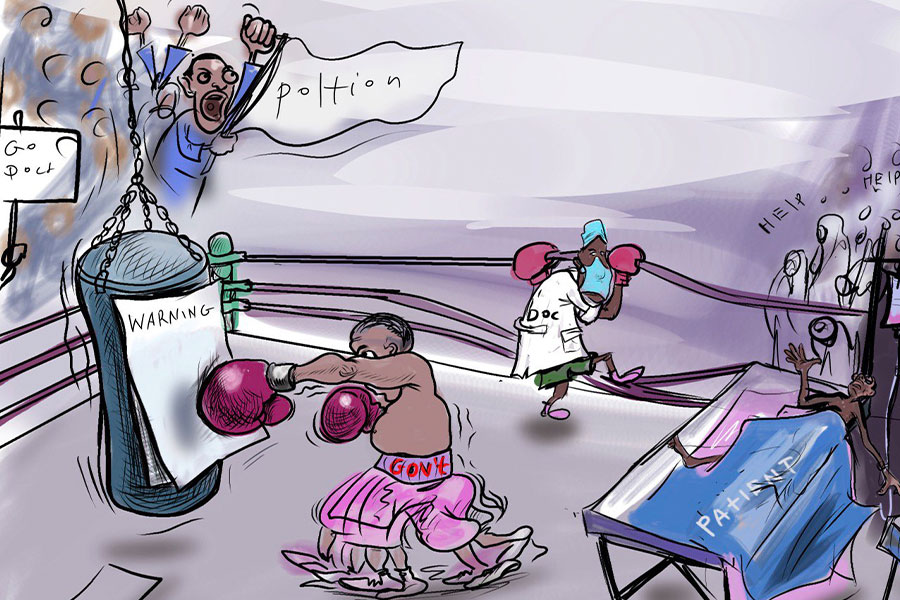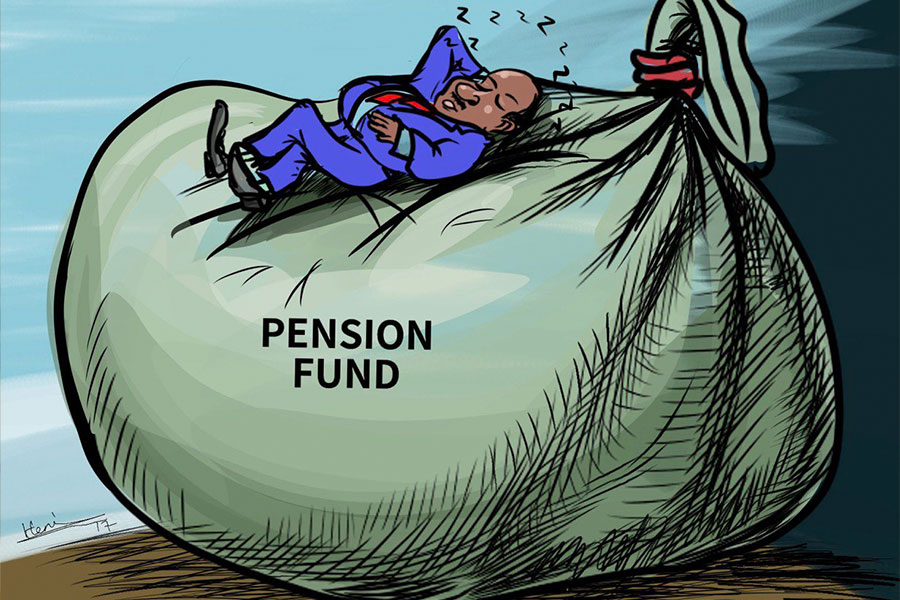
My Opinion | 129554 Views | Aug 14,2021
May 10 , 2025. By Kidist Yidnekachew ( Kidist Yidnekachew is interested in art, human nature and behaviour. She has studied psychology, journalism and communications and can be reached at (kaymina21@gmail.com) )
There are moments when a comment from a friend, partner, or colleague strikes a nerve, not with casual irritation but with a jolt of anger or defensiveness. The instinct may be to argue, dismiss, or counterattack. Yet beneath the immediate emotional surge, there often lies an unsettling recognition: the remark may have touched on something uncomfortably true.
This is a classic moment in the drama of human psychology, and it is something brilliant, sometimes bewildering.
Psychologist Carl Jung referred to this hidden terrain of the psyche as the shadow. Rather than being a collection of purely negative or sinister traits, the shadow encompasses all the aspects of the self that have been suppressed or denied. These may include socially undesirable qualities such as envy or selfishness, but also forgotten strength, creativity, assertiveness, or desire that were never allowed expression. The shadow exists as a counterpart to the carefully curated persona presented to the world.
Tucked away in the unconscious, these parts of the self-do not simply vanish. Instead, they surface indirectly, often through projection. Traits disowned within the self may be perceived, exaggerated, or condemned by others. For example, frustration with another’s arrogance may stem from unacknowledged feelings of inadequacy or a buried wish for recognition. Projection is a defense mechanism, one that obscures the source of discomfort by externalising it.
The most disorienting kind of projection, the one that often sparks that defensive fire, occurs when someone else reflects a part of the shadow back, often unintentionally. This is more than an internal reaction; it is an external trigger that activates a deeper, hidden conflict. When a particular comment causes disproportionate irritation or emotional resistance, it may indicate that an unresolved truth has been named. Such remarks can threaten the self-image and challenge the integrity of the persona, prompting instinctive defensiveness.
These flare-ups often reveal more about the receiver than the speaker. A criticism from one individual may be shrugged off, while the same observation from another cuts deeply. The difference lies not in the delivery, but in its resonance with something buried. Emotional defensiveness is a signal that a vulnerable or disowned part of the self has been exposed.
Anger and defensiveness often serve as automatic mechanisms for shutting down psychological discomfort. These reactions act as protective barriers, shielding the carefully constructed self-image from disruption. When an external observation lands too close to an unacknowledged truth, the impulse to reject it outright, “That’s not accurate!”, can be swift and forceful.
Yet beneath that surface response, there may be a quiet, uneasy recognition of its validity. Such moments are profoundly unsettling because they suggest that the identity presented to the world, the curated version of the self, may be incomplete, or even fundamentally flawed.
Jung regarded these moments as invitations rather than threats. Although painful, they mark opportunities for greater self-awareness. That intense reaction, that flash of anger; it is a signpost. Instead of dismissing discomfort, it becomes possible to ask: What part of the self is being defended? What fear or wound lies beneath this reaction?
Not every critique deserves acceptance, many comments are inaccurate or ill-intentioned. However, when a comment strikes with unexpected force and provokes an intense urge to reject it, the reaction may indicate that it touches on a concealed aspect of the self. Such responses can serve as clues, suggesting the presence of unresolved or repressed traits that have not yet been consciously acknowledged.
Ultimately, leaning into these moments, however awkward or painful, is part of the journey toward becoming more whole. By engaging with these reactions rather than repressing them, the process of integrating the shadow begins. This does not involve erasing discomfort or eliminating undesirable traits but rather acknowledging and reclaiming what has long been disavowed. Over time, this work can lead to a more authentic and grounded sense of self, one less easily shaken by external reflections.
Greater familiarity with the shadow makes its disruptions less threatening. When the unseen becomes seen, the need to react with defensiveness or denial begins to fade. And with that, the insights offered, however uncomfortably delivered, become tools for growth rather than sources of shame.
PUBLISHED ON
May 10,2025 [ VOL
26 , NO
1306]

My Opinion | 129554 Views | Aug 14,2021

My Opinion | 125858 Views | Aug 21,2021

My Opinion | 123871 Views | Sep 10,2021

My Opinion | 121670 Views | Aug 07,2021

May 24 , 2025
Public hospitals have fallen eerily quiet lately. Corridors once crowded with patient...

May 17 , 2025
Ethiopia pours more than three billion Birr a year into academic research, yet too mu...

May 10 , 2025
Federal legislators recently summoned Shiferaw Teklemariam (PhD), head of the Disaste...

May 3 , 2025
Pensioners have learned, rather painfully, the gulf between a figure on a passbook an...